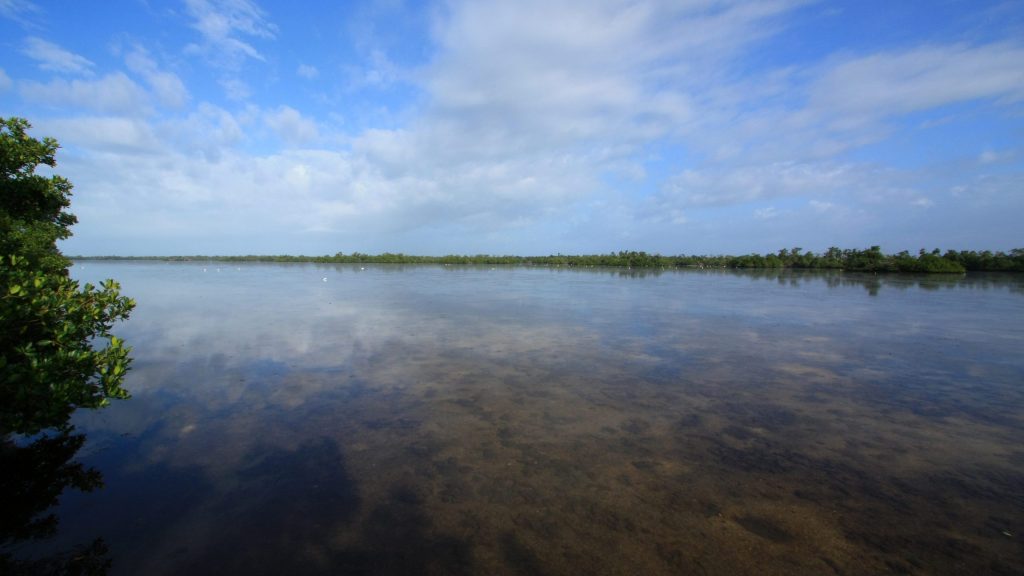Science to Inform the Management of Mangrove Ecosystems Undergoing Sea Level Rise at Ding Darling National Wildlife Refuge, Sanibel Island, Florida

Project Information
Principal Investigator: Ken Krauss, USGS Wetland and Aquatic Research Center
Proposed Project Completion: June 2023. This project is now completed.
Implements Science Plan Theme: Impacts
Project Cooperators: Judith Z. Drexler (USGS), Karen M. Thorne (USGS), Emily J. Pindilli (USGS), Eric J. Ward (USGS)
Overview
Ding Darling National Wildlife Refuge, on the Southwest Coast of Florida (USA), has extensive mangrove forests that provide wildlife habitat, erosion control, and wave attenuation for Sanibel Island. Sanibel Island has a tourist-based economy with thousands of people visiting annually and influencing the island’s ecology. Threats to the mangrove resource are a concern and include limited inland migration routes for mangroves to accommodate rising sea levels, perennial impoundment, and persistent nutrient loading from the Caloosahatchee River. To investigate the influence that current and future nitrogen (N) and phosphorus (P) additions from the river may have on mangrove persistence, scientists exposed mangrove forests in fringe locations (immediately adjacent to the edge of open water) and basin locations (inland of open water) to experimental nutrient additions. The study was conducted over three years and tracked nutrient influences on mangrove soil surface elevation change, soil and emergent root greenhouse gas fluxes, individual tree water use, and leaf-scale water use efficiencies. These data contributed to an understanding of what nutrients can have on mangrove persistence with rising sea levels and what role nutrients will play in carbon sequestration. Indeed, greater eutrophication may create additional vulnerabilities to mangrove submergence, especially to basin mangroves where P concentrations are high and already reducing soil surface elevations. Greater P loading may also lead to increased losses of dissolved carbon to the open estuary through lateral fluxes as soils mineralize carbon. Thus, results suggest that reducing current P inputs to Sanibel Island’s mangroves are management options to consider. Finally, while Sanibel Island’s mangroves appear resilient to current rates of sea-level rise for the time being, any accelerations in sea-level or additional stresses to the forests could lead to rapid mangrove retreat and areal loss.
